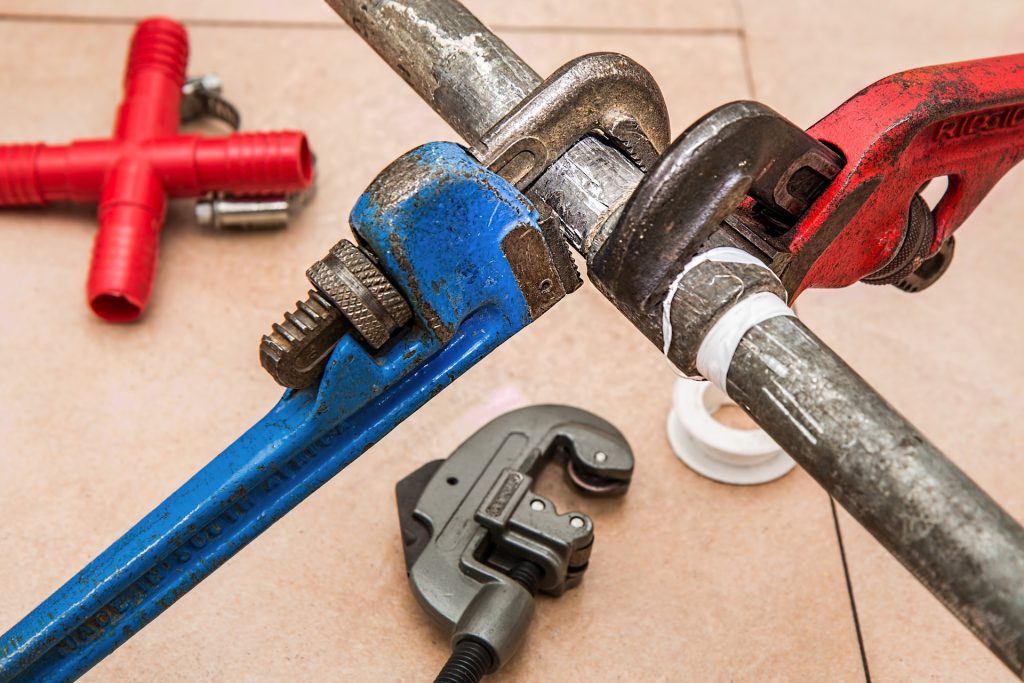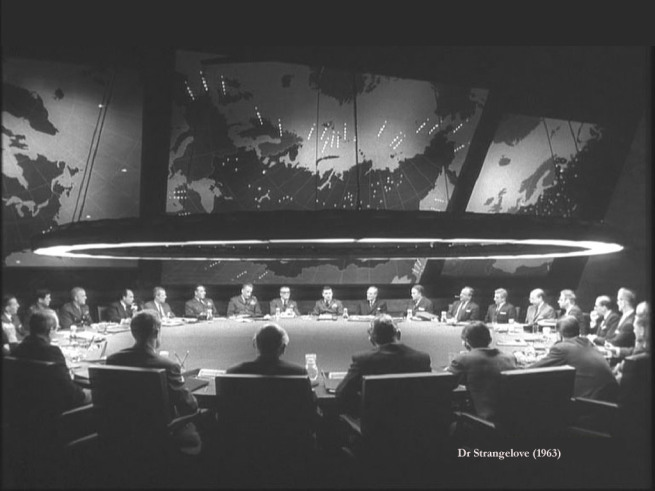Covid-19 – Issues and Opportunities that it presents to Supply Chain Operations
Nearly a decade ago, I was given with the opportunity to move into Supply Chain and Procurement recruitment specialisation, which I did with fair amount of hesitation. Looking back, crossing over to that “new desk” was one of my best decisions. My learning curve shot up exponentially as I ventured deeper in conversations with the Supply Chain and Procurement professionals. With each conversation, I learnt something new! However, in all these years I haven’t witnessed the kind and scale of challenges in Supply Chain operations that Covid-19 has presented. Previously most challenges were to do with processes, technology, capability of people but this time it is People themselves! The pandemic has directly impacted this element of Supply Chain. Their health, their restrictions, their availability; in turn impacting the other links of the value chain.
Goes without saying the pandemic, its challenges and impact on Supply Chain and Procurement remain a prominent part of my discussion with the Leaders of these Functions/Business Leaders. Chemicals, Agribusiness and Manufacturing form a large part of my clientele and have some of the most complex supply chains. Amongst the shock waves that Covid-19 has generated, the restrictions around travel, telecommuting, quarantines, lockdowns have impacted these industries significantly as we are referring to the end to end value chain, from procurement through to logistics and distribution.
Some of the core issues the companies are battling with:
A large number of Companies have supply chain cutting across geographies; be it in terms of either supplier footprint, customer spread or both. With Covid-19 spreading across the globe, there is no telling on when which country will be impacted and to what degree. Hence though you might think you have plugged the leak, there could be another leak in the pipe starting someplace else, giving you minimal time to react; this is referring both to goods transportation as well as manpower planning.

For Example: Until about Mid-Feb most of the Supply Chain and Procurement leaders in the Chemical space shared with me that the biggest hurdle they were facing was the Transportation and distribution of goods from and within China as truckers were in quarantine, trucks with certain registration plates weren’t permitted to enter other provinces etc.
However, in March the scenario changed when Europe was hit. Some of these companies had fixed the problem in China but now the raw materials supply from Europe was affected. Essentially, this has become a continuous phenomenon and will remain so until the Covid-19 situation is contained. This is provided companies are able to identify these so-called leaks/gaps/pain points in a short notice which in itself is another challenge given the complexity of these supply chains.
One of my other Manufacturing clients mentioned that with China and Korea markets relatively stabilizing, their demand will see improvement, however with the current rise of outbreak in Indonesia and Thailand the challenge will be to meet that demand as the latter are the supply markets.
Hence Supply Chain Risk assessment / Re-assessment at every turn is crucial. For instance, looking at alternate suppliers would seem like an easy guess, but comes with its own set of challenges especially when reaction windows are so short; regulations, supplier qualification, labour laws, compliance, modern slavery etc., of that particular country/state plus the political landscape, make it tough move to pull through.
For Example: One of the Supply Chain Leaders mentioned that in one of the countries with the lockdown in progress, getting the skilled labourers to get to work is a challenge as the local authorities wouldn’t allow. The company has gone out of the way and taken the responsibility of sanitizing the entire village, re-assuring them of good hygiene practices.
 The Singapore Government, as well as some of the leading consulting and market research companies, have published Checklists to help with easing the pressure from the Supply Chain during this pandemic. This is the gist of the one from Singapore Government site covering immediate-term, near-term and long-term measures.
The Singapore Government, as well as some of the leading consulting and market research companies, have published Checklists to help with easing the pressure from the Supply Chain during this pandemic. This is the gist of the one from Singapore Government site covering immediate-term, near-term and long-term measures.
- Make sure you plan for contingencies and take stock of your production capacity and availability of your staff in the current situation as well as near term. Also plan your inventory in a way that it is within reach.
- Understand the full extent of your financial implications and assess the risk exposure of your supply chain.
- Effective and efficient crisis communication is key and hence the crisis management team always needs to be on alert.
- You will need to religiously revisit, review and update your business continuity plans. Work on your forecast accuracy, run effective demand and supply balance reviews, prepare buffer stock and set up staggered production processes to avoid out of stock situations.
- Periodically revisit, re-evaluate your risk assessment and recovery approach. Explore alternate Supplier sources and create an all-encompassing risk management approach.
- Continuously improve your risk assessment and recovery capabilities by putting in place supply chain risk management practices and work towards making certain crucial supplies shock-proof so you have better risk absorption net.
Having touched on the problems and issues Covid-19 has generated, I believe it is also important to address the opportunity that it has presented to companies; it has forced/pushed companies to heighten their Creativity in re-thinking their Supply Chain! As it is not just about surviving the pandemic but also gearing to function smoothly when things settle.
Here are some initiatives which companies have considered:
Command Centers to Improve Visibility
Companies should be able to predict the supplier shortages by getting a clear picture/situation of the supplier production schedule, supplier location, and the shipment status of the supplier. With the current situation of Covid-19, supplies are experiencing hiccups due to lockdown in some countries which means there is a likelihood that there will be shortages in supply (Morris, 2020). Therefore, companies could start establishing war rooms also known as “Command Centers” with supply chain gurus who are equipped and can make supply chain decisions to optimize supply chain performance during this period of great disruption.

Command center/ “War room”
Agility in Production
The pandemic outbreak is calling for critical measures. Many governments are mandating factory shutdowns in the effort to stop the spread of covid-19 and to control the current state. For this reason, companies could consider Agility in Production/Manufacturing in planning potential lockdown and change in the production approach. For example, some of companies in China that produce consumer goods are now developing module production units that are mobilized in different locations to help manage supplies and control supply chain issues across China. Similar approach can be applied across other sectors such as Technology, Clothing and Automotive Sector. Alternatively, instead of closing plants and machines, companies could consider shift their production line to salvage the situation. For example, Tesla has shifted from manufacturing Automotive Machines to producing Ventilator machines that can help covid-19 patients to breath.

Ventilator machines

Ananya Sinha Roy is the Director at The Supply Advisory (a division of Datasearch Consulting), a leading executive recruitment firm specialising in Procurement & Supply Chain.
You can view the The Supply Advisory website or contact them directly at info@supplyadvisory.com for a more detailed discussion.